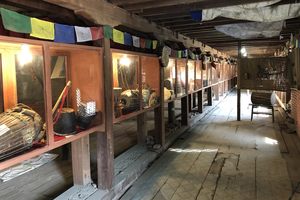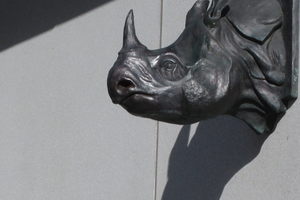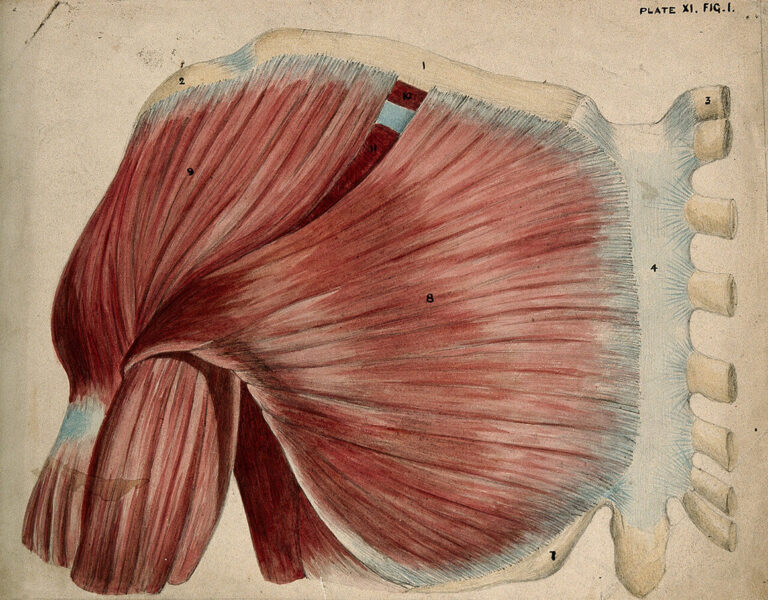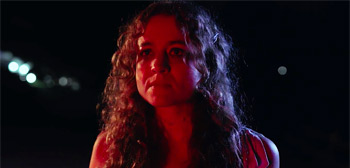Nepali Folk Musical Instrument Museum in Kathmandu, Nepal

Nepal’s more than 100 distinct ethnic groups have produced over 1,300 different designs of musical instruments, a fact that struck a chord with Ram Prasad Kadel who began collecting Nepali instruments in 1995. Today, he showcases a significant portion of his impressive collection of some 650 instruments in a museum he opened in 2002.
Although Kadel is not a musician himself, he is dedicated to telling the story of Nepal’s musical traditions in a sustainable way. A key element to building his collection is that he has not removed playable instruments from the 77 districts he has visited in Nepal, preferring to purchase decommissioned instruments or have local artisans craft new models.
To avoid overwhelming his guests with the scale of his collection, Kadel breaks down his tour into nine categories of instruments. One notable example stands at the museum’s entrance, where visitors are met by an astonishingly large saarangi, an iconic traditional stringed Nepali instrument. It’s believed to be the world’s largest saarangi. Many of the instrument’s shapes and sounds are inspired by the natural surroundings of Nepali.
Although many of the instruments are preserved behind glass, some are displayed openly and Kadel often showcases their sounds. A serpentine trumpet known as a naagbell is a favorite of school groups. Other instruments are available for professional musicians to play, and Kadel regularly invites performers to give public concerts and make recordings as part of his mission to preserve Nepal’s musical heritage.
Fittingly, the museum is housed in the Tripureshwor Mahadev Temple complex, a towering cultural landmark. Located near the banks of the Bagmati River, it was built in 1818 by the impressively talented Queen Tripurasundari in memory of her deceased husband, King Rana Bahadur Shah.
With three tiers, the temple is considered the largest in Kathmandu and is brimming with exceptional artistry, craftsmanship, and cultural relics.





